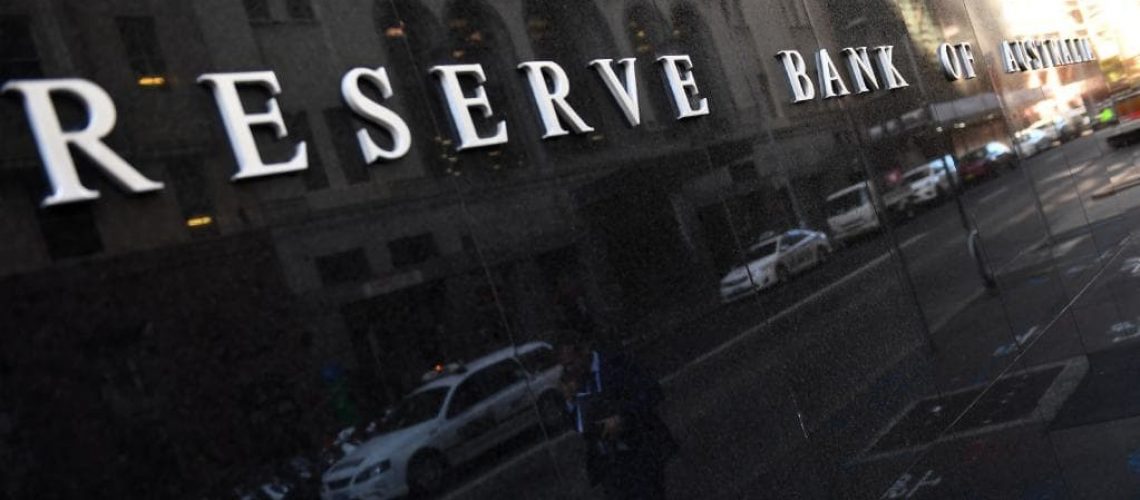Lower mortgage rates and an easing in house price declines are expected after the Reserve Bank chose to cut the official cash rate for the first time in nearly three years.
Today, the RBA board decided to lower the cash rate by 0.25 percentage points to a new historic low of 1.25%, as widely anticipated by financial markets and economists.
Now all eyes are on the banks, particularly the big four, to see how much they will reduce home loan interest rates by.
The last time the Reserve Bank lowered the cash rate, it was August 2016. It was the second cut for the year, following an unexpected Federal Budget day cut in May 2016.
The market average standard variable home loan interest rate decreased by 0.10% following that cut. The average two and five-year fixed rates decreased by 0.11%, according to Canstar data.
Canstar’s finance expert Steve Mickenbecker said banks were under more pressure today than they were three years ago to pass on a cut in full to variable rate customers, but he noted that there could be a few exceptions.
“Borrowers who have taken the special borrower rates recently offered by lenders might not get a cut even if they are on variable loans because they’ve already, in a sense, had their rate cut,” Mr Mickenbecker said.
“Fixed rate borrowers, who have had very attractive rates of late, probably won’t get any cuts either.”
Canstar’s database shows there has been a number of lenders, including National Australia Bank, ANZ, Macquarie and ING that have lowered home loan interest rates in recent months, despite the cash rate remaining on hold.
Last month, the number of rate cuts far outweighed the number of hikes across owner-occupier and investment loans, particularly on fixed rate loans where there were 449 cuts compared to only 46 variable loan cuts.
CoreLogic Head of Research Tim Lawless said lower mortgage rates off the back of a lower cash rate would help boost housing demand.
“The latest rate cuts together with lower serviceability assessments for borrowers and greater confidence following the federal election should help to support an earlier than expected trough in housing values,” Mr Lawless said.
“But we aren’t expecting a rapid reversal in house price declines due to ongoing tight credit policies and, more broadly, economic uncertainty as global trade tensions escalate.”
Combined house prices across Australia’s major capital cities have fallen for 21 consecutive months since prices peaked in September 2017, according to CoreLogic data.
AMP Capital Chief Economist Shane Oliver said a number of factors, including a cash rate cut, could lead to the decline in house prices bottoming out by the end of the year.
“We expect the RBA to cut by another 0.25% in August and we now expect the RBA to take the cash rate down to 0.5% by mid next year,” Dr Oliver said.
“The basic problem for the RBA is that it needs to get unemployment down below 4.5% but the slowing economy and jobs market points to a further rise in unemployment which we expect to reach 5.5% by year end.”
RBA Governor Philip Lowe said the Board decided to cut the cash rate to support employment growth and provide greater confidence that inflation, consumer prices, would be consistent with the medium-term target.
“It will assist with faster progress in reducing unemployment and achieve more assured progress towards the inflation target,” Dr Lowe’s monetary policy statement said.
“The board will continue to monitor developments in the labour market closely and adjust monetary policy to support sustainable growth in the economy and the achievement of the inflation target over time.”
Source: https://www.canstar.com.au/home-loans/rba-cuts-cash-rate-home-loan-interest-rates-expected-to-follow/





